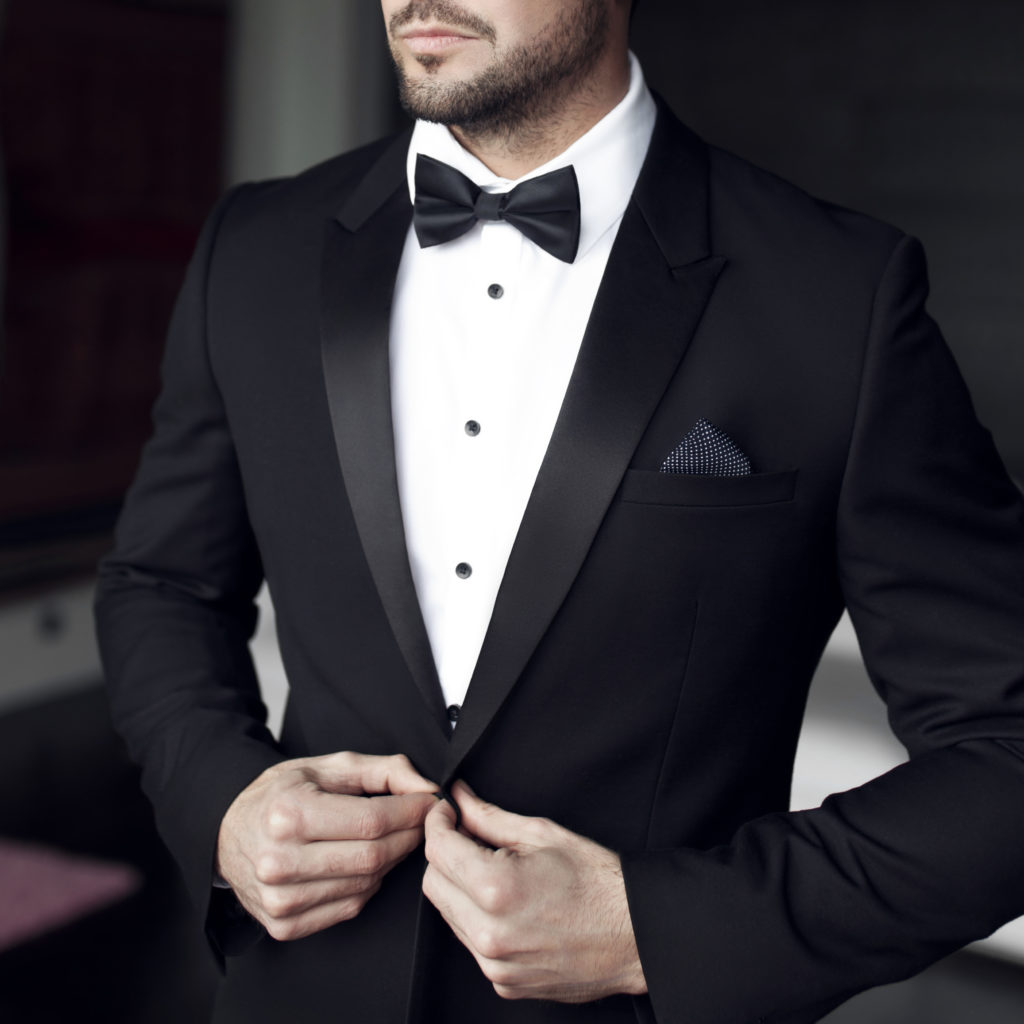What To Wear To A Formal Event


Formal attire is an outfit that matches a certain dress code’s needs, appropriate for a particular formal occasion.
The dress code will usually be stated on the invite. Each formal event will have different dress code expectations. What people wear to an event helps shape its atmosphere and decorum.
Understanding what to wear for each type of event can be daunting. This guide will explain each dress code and the perfect garments to wear for each.
Understanding the Formal Attire Terms
A formal event, such as white-tie and black-tie have specific dress code rules and details you should follow.
These dress codes have 200 years of history, so it’s important to respect them to make a good impression.
Some invites may state “black tie optional”. The word optional can be ominous because it suggests inclusivity but may neglect the host’s actual expectations or recurring guests.
Business formal dress codes are more relaxed than black-tie codes; you have more freedom to play with different colors and patterns.
In case you’ve received an invitation, and it only states that you need to wear formal attire, your best option is to wear your tuxedo. Plan B is to wear a suit appropriate for all formal events.
It’s always better to be dressed up than underdressed. The same rule of thumb applies when no dress code is suggested at all.
White Tie Formal Attire
Just in case you become famous or presidential, you should know how to dress for a prestigious white tie evening. White tie dress codes are used for state dinners, galas, charity balls, and elite evening weddings.
It’s definitely the most formal attire of Western culture. Also called a full evening dress, a white tie dress suit is the epitome of formality. It abides by strict rules and is reserved for the most notable evening events.
A hand-tied white bow tie and evening tailcoat are the main pieces you’ll need for a white tie evening. In addition, your pants should be high-waisted with a build-in adjuster and two lines of decorative braid or satin piping down each leg.
You should wear a white stiff-fronted cotton tuxedo shirt with a pique bib. This shirt should have a soft detachable wingtip collar, French cuffs, and decorative studs. Finally, put on your cufflinks, and you are almost “white tie” ready.
The next step is either putting on your white waistcoat or pleated cummerbund under your tailcoat.
If you choose to wear a cummerbund, ensure that the pleats are facing upward. Also, hook your cummerbund into your pants to stay in place while you dance the night away.
The best shoes to pair with this ensemble are capless, patent leather oxfords or opera pumps with a grosgrain bow. Silk calf-high socks are mandatory, too.
White tie accessories to consider are a top hat, key chain, white gloves, or a white and black opera scarf. I think you’ll go for the scarf.
Black-Tie Formal Attire
Black-tie is your opportunity to dress like 007. The black-tie attire applies to formal evening weddings, business award ceremonies, and exclusive private dinners.
Tuxedos and black bow ties are the hallmark staple of black-tie events. You can either wear a black or midnight blue tuxedo.
In fact, dark blue tuxedos were originally worn to black-tie events as they appear equally dark under artificial lighting.
Tuxedo Jacket
Your dinner jacket should have shawl lapels. Your lapels and the inside of your jacket should have shiny satin facings.
Tuxedos usually have a single-breasted jacket, but a double-breasted jacket is also appropriate. The tuxedo jacket should only have one silk button. Four silk surgeon buttons will decorate the cuffs of your tuxedo jacket.
Your tuxedo jacket should not have vents. It gives a cleaner and sharper appearance. Also, you should avoid tuxedo jackets with flap pockets or notched lapels, as these features compromise the formality of your suit.
Straight jetted pockets will lend a cleaner aesthetic to your suit. You can either wear a black waistcoat or a cummerbund under your jacket, but never both.
Tuxedo Shirt and Cufflinks
A tuxedo shirt is a white cotton shirt with a twill weave.
The center strip of your dress shirt can be minimalistic, showing no studs (fly front placket). But you can also choose a plain placket that will show your decorative studs.
The third option is to choose a tuxedo shirt with pleats on each side of your placket with visible decorative studs. The front placket will add some extra detailing to your plain white shirt.
You can choose French cuffs, barrel cuffs, or convertible cuffs for your tuxedo shirt. Don’t forget to close your cuffs with an elegant black or silver cufflinks set.
Make sure that your dress watch matches your cufflinks. Wear a silver watch, or even better, a watch with a black leather strap.
Tuxedo Pants
Your pants should be high-waisted with a single line of decorative satin or braid piping down the leg.
Tuxedo pants should have a slight break when meeting the top of the shoe. Tailoring your pants will ensure they don’t hang on the floor or bunch up at your ankles in an unflattering way.
Shoes
You can either wear black patent leather lace-up oxfords or opera pumps for a black-tie or formal event. Alternatively, you can wear a pair of black capless leather shoes that aren’t necessarily lace-up oxfords.
Lace-up oxfords have leather soles which makes them fantastic for dancing. They are lightweight and don’t stick to the floor as much as rubber soles do. Wear black calf-high socks with your shoes.
